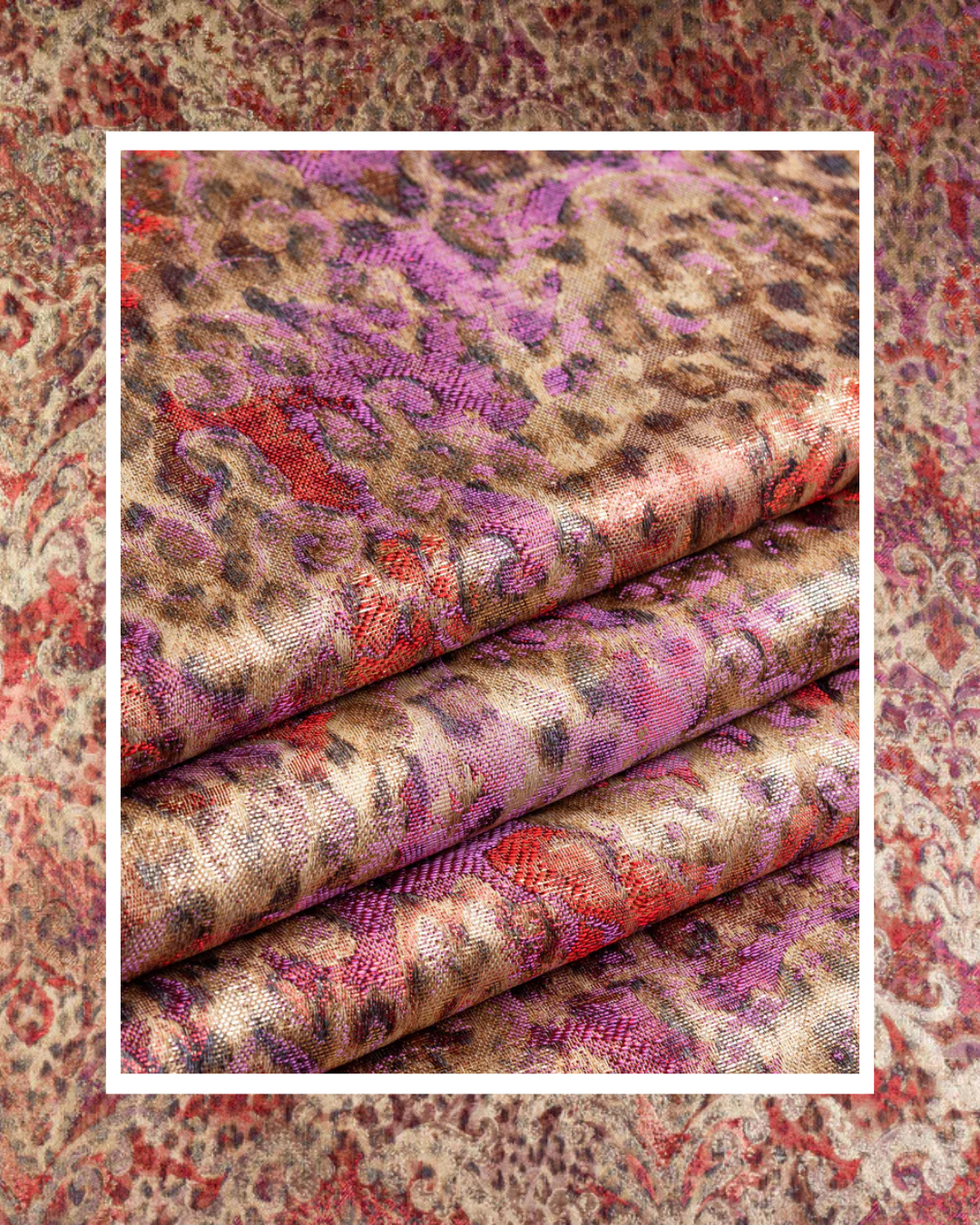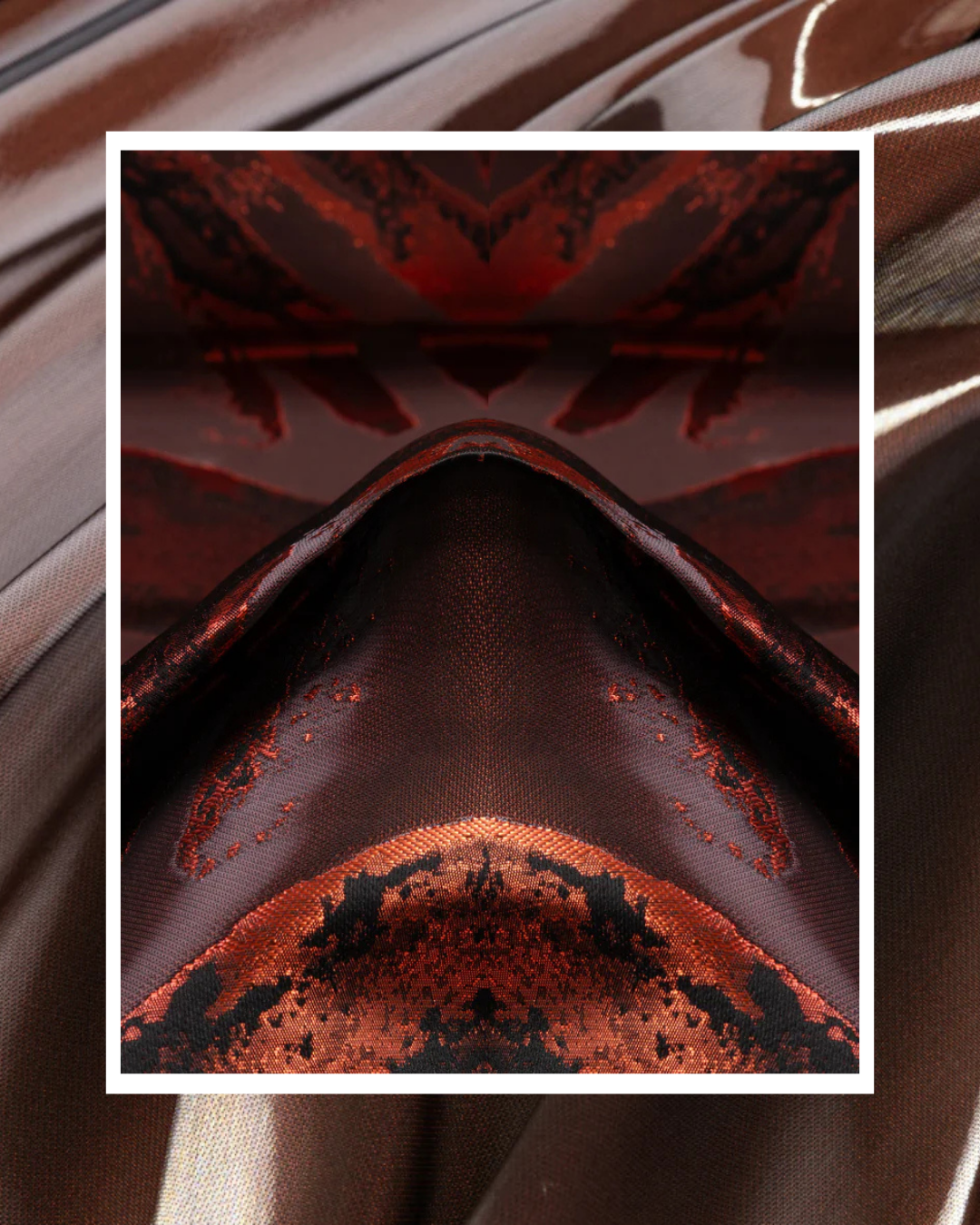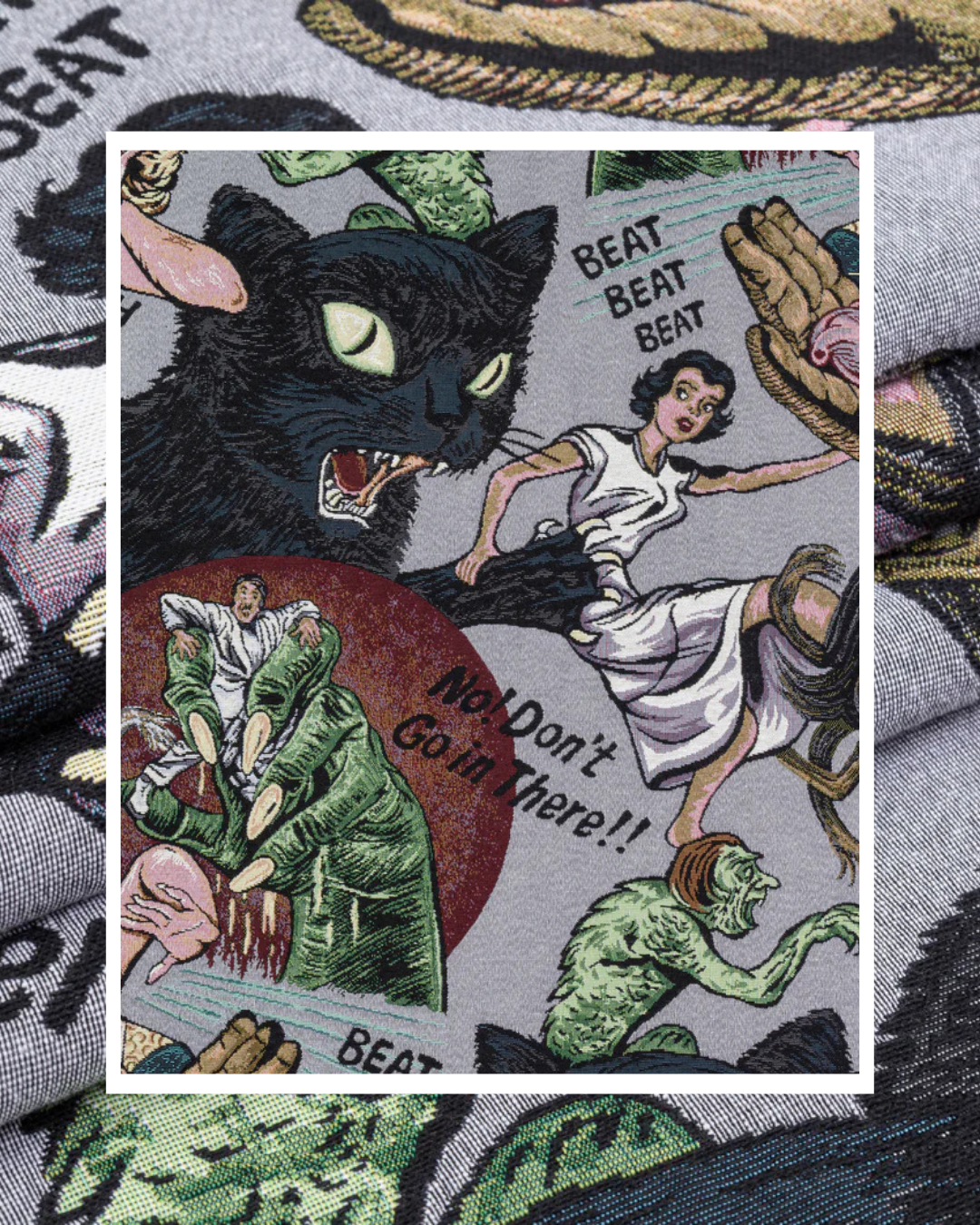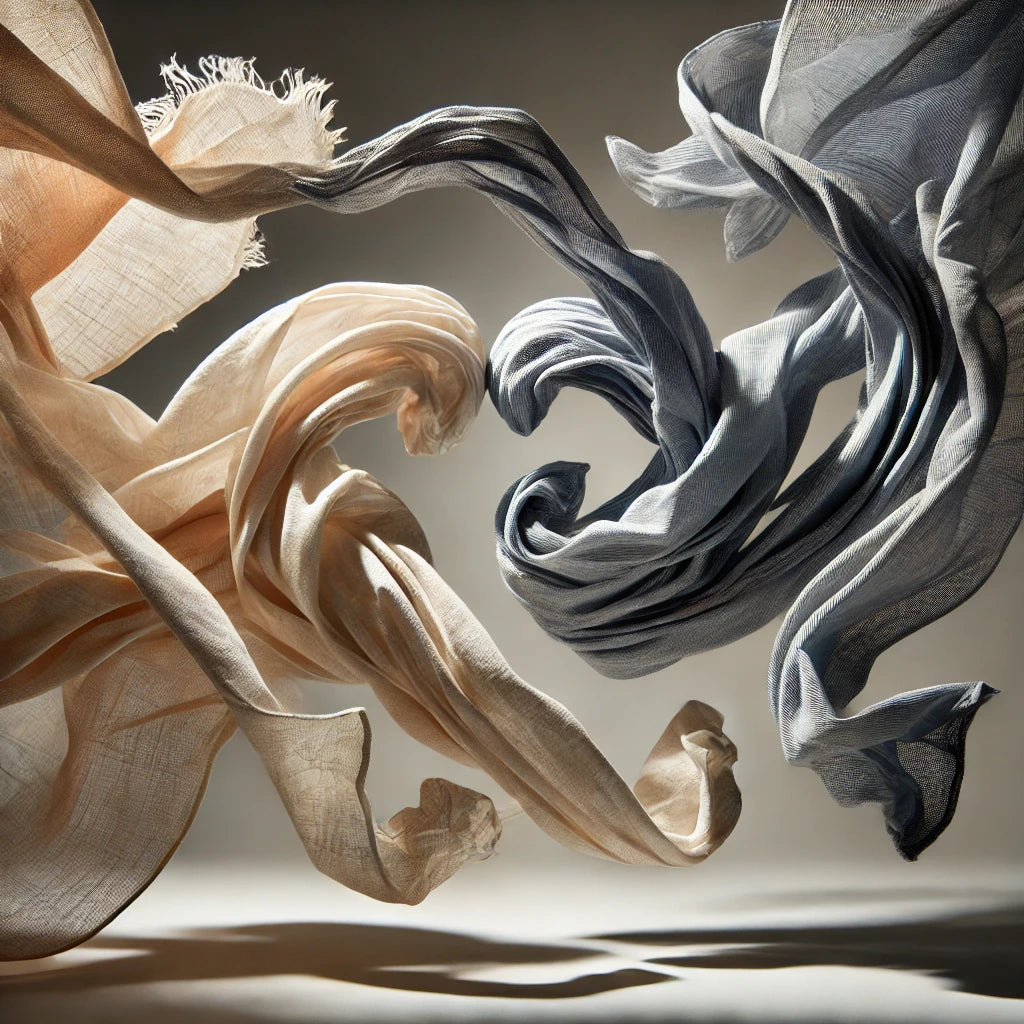When it comes to choosing fabrics for your projects, the debate over natural vs. synthetic fibers can be overwhelming. There’s a lot of information (and misinformation) about which fibers are best suited for quality, luxury, and even sustainability. Today, we’re busting common myths about both types of fibers so you can make informed decisions for your next design—whether you’re searching for elegance or something a little more unique.
Myth #1: Natural Fibers Are Always Better for the Environment
The Truth: It’s easy to assume that natural fibers like cotton, silk, and wool are more eco-friendly than synthetic options like polyester or nylon, but that’s not always true. While natural fibers do come from renewable sources, their environmental impact depends largely on how they’re produced. Cotton, for example, often requires large amounts of water and pesticides.
At Prime Fabrics, most of our inventory is made up of carefully selected dead stock—leftover fabric from manufacturers and designers that would otherwise go to waste. By sourcing dead stock, we’re giving these beautiful fabrics a second chance, reducing waste in the fashion industry, and providing creators with top-tier fabrics that still meet our quality standards. Every fabric we choose, even dead stock, is meticulously evaluated for quality and beauty.
Myth #2: Synthetic Fibers Are Always Cheaper and Lower Quality
The Truth: While synthetic fibers are often associated with affordability, high-end synthetic fabrics can be just as luxurious and sometimes even more expensive than their natural counterparts. Why? Because certain intricate designs, like those found in jacquards or novelty fabrics, require a complex production process and high craftsmanship. We often work with mills in Italy and France that have teams of skilled designers behind every design, crafting the concept before turning it into a tangible fabric. That level of artistry, combined with modern weaving technology, creates fabrics that are not just synthetic, but works of art.
Take, for example, this synthetic brocade we recently produced in Italy. This fabric is unlike anything we've seen before—it has a stunning liquid effect, with yarn that resembles a fishing line, creating a mesmerizing, almost fluid visual. It’s the perfect demonstration of how synthetics can push the boundaries of textile art, offering something truly innovative and unique.
We source synthetics that are more than just fabric—they are reflections of the highest levels of craftsmanship. Whether it’s a bold jacquard or a fabric with an avant-garde texture, these are materials with stories behind them, perfect for those who value both uniqueness and luxury.
Myth #3: Natural Fibers Are Always Softer and More Comfortable
The Truth: Natural fibers like silk, cotton, and wool are often prized for their comfort and softness, but that doesn’t mean synthetics can't rival them. Fabrics like wool-nylon blends offer the softness and warmth of wool, enhanced by the strength and durability of nylon. Similarly, brocade fabrics—often woven with a mix of silk and synthetics—combine the richness of silk with the structure and resilience of synthetics, creating a fabric that feels luxurious while maintaining its form over time.
Interestingly, even fibers known for their softness, such as silk or wool, can be intentionally crafted into fabrics with a rougher hand for specific design purposes. This approach adds texture and character, making the fabric visually and tactilely unique.
Blends like these allow you to enjoy the best of both worlds: the luxury of natural fibers with the added performance of synthetics.
What to Look For:
- Wool-nylon blends for a fabric that is soft, durable, and warm.
- Silk-synthetic brocades for opulence that holds up over time.
Myth #4: Natural Fibers Are Always More Durable
The Truth: While natural fibers like wool and silk are considered luxury materials, they are often more delicate and require special care. However, the very delicacy of these fibers is part of their luxury. Silk's unmatched sheen and softness or wool’s warmth and texture are qualities that synthetics can't quite replicate. This is why fibers like silk and wool are highly prized—they offer an experience of true elegance and sophistication.
We believe that investing in these delicate, natural fibers is about appreciating the beauty and craftsmanship that go into creating such luxurious fabrics. When handled and cared for correctly, these fabrics become timeless additions to your wardrobe or designs, offering a texture, feel, and appearance that synthetic alternatives simply cannot replicate.
What to Look For:
- Wool and silk for their unmatched quality, despite being delicate.
- Blends of natural and synthetic fibers if you need more durability without sacrificing the look and feel of luxury.
Conclusion: Quality Above All
Choosing between natural and synthetic fibers isn't just about function—it's about the aesthetic, the experience, and the story you want your fabric to tell. At Prime Fabrics, we understand that true luxury comes from both the material and the craftsmanship behind it. Whether you're drawn to the intricacy of Italian jacquards or the elegance of silk fabrics, each fabric in our collection is carefully chosen for its quality and its potential to spark creativity.
Our mission is to offer the finest materials to creators who value excellence, ensuring that whether you choose natural or synthetic, you're working with the best and your options are endless.






Leave a comment
This site is protected by hCaptcha and the hCaptcha Privacy Policy and Terms of Service apply.